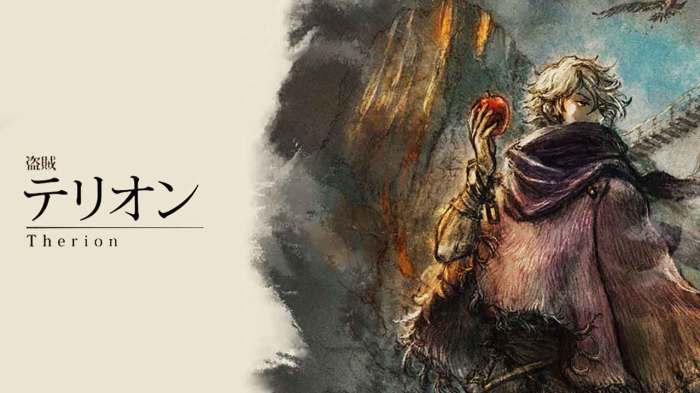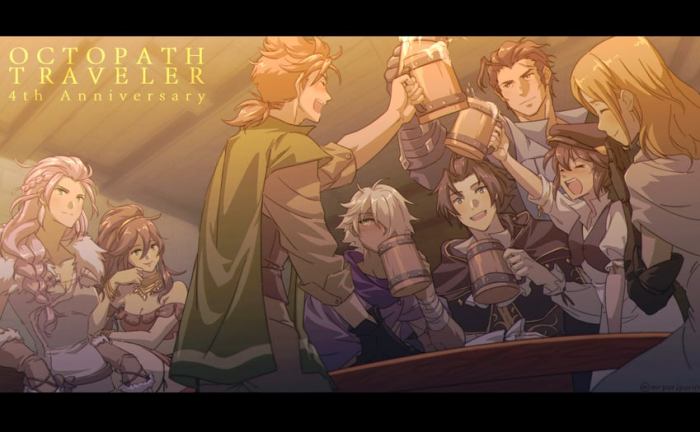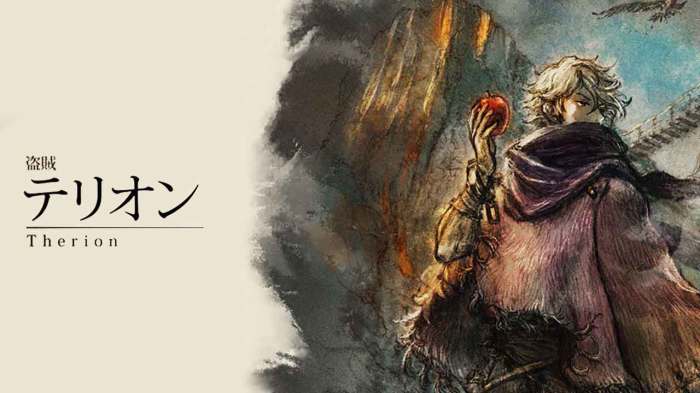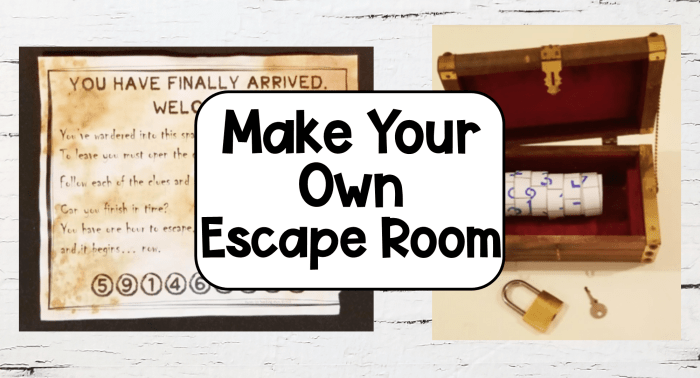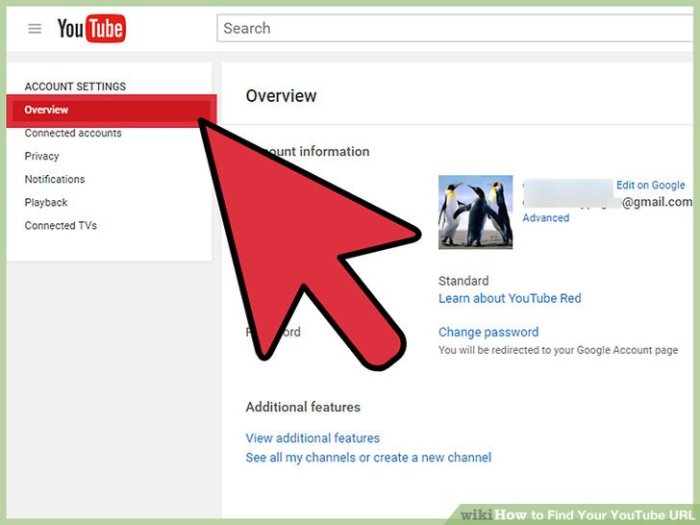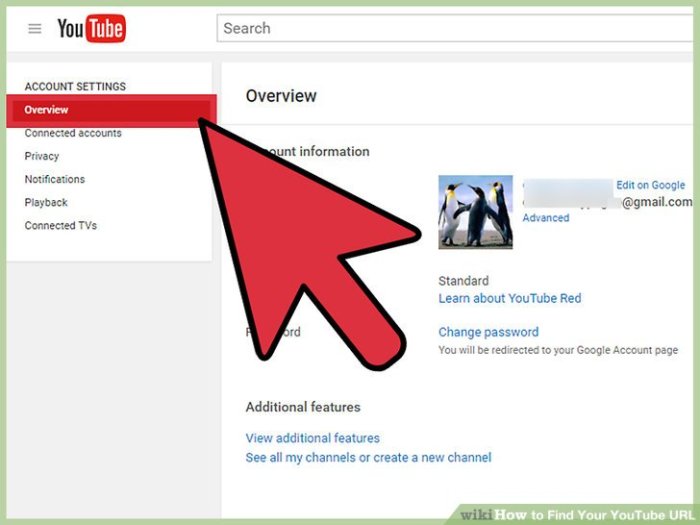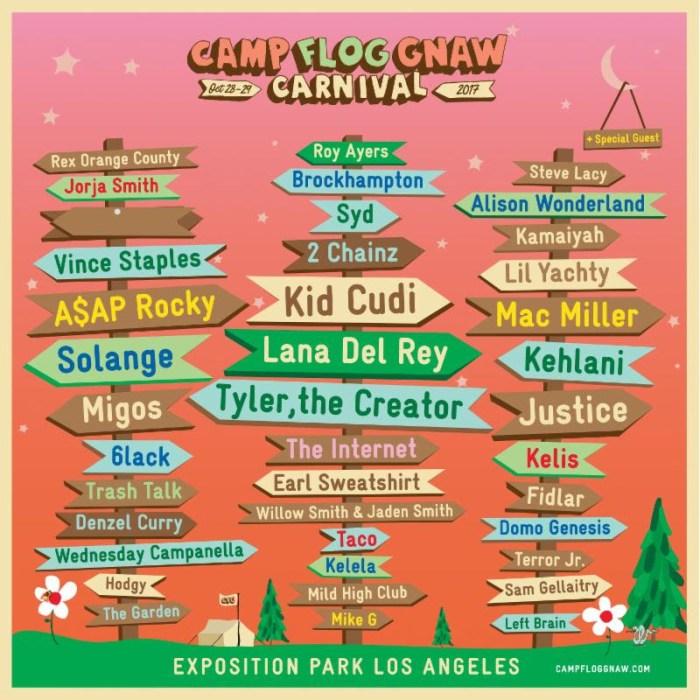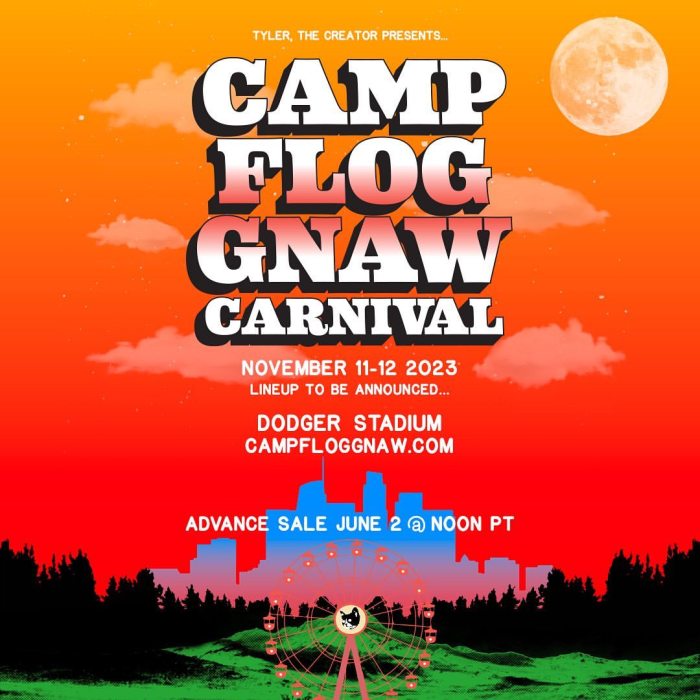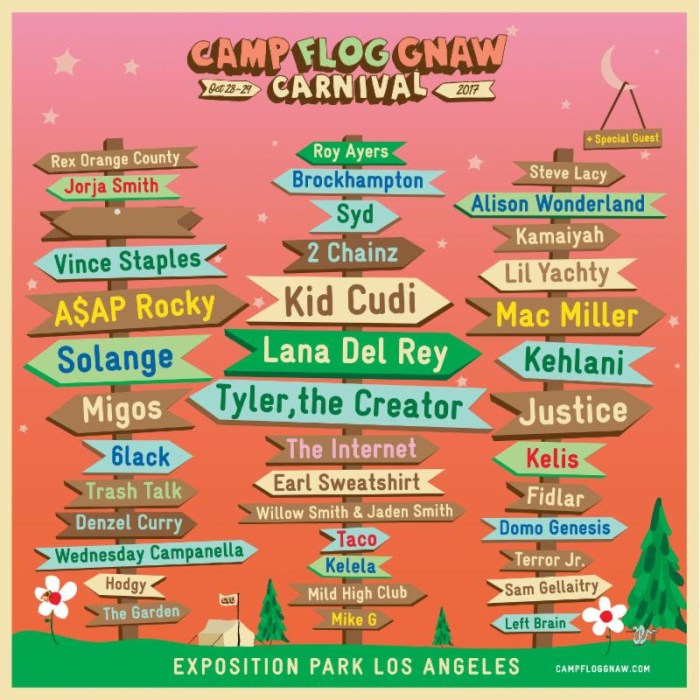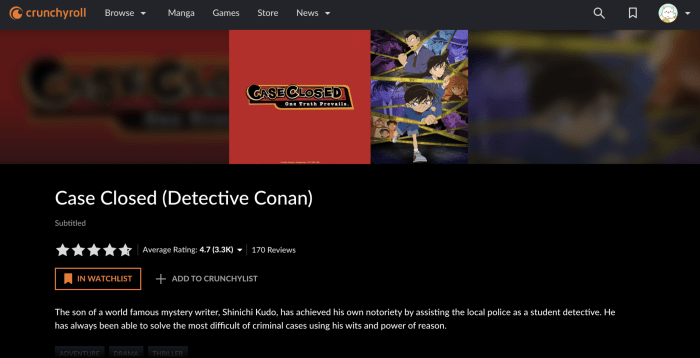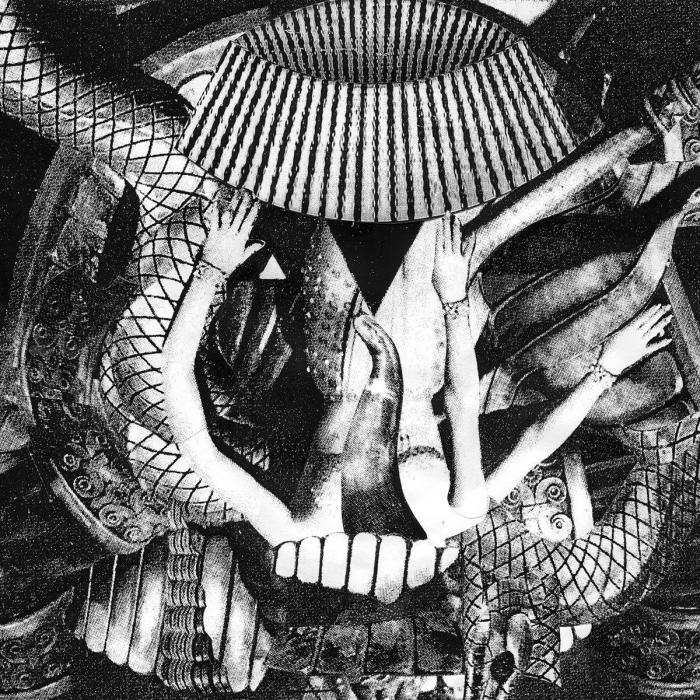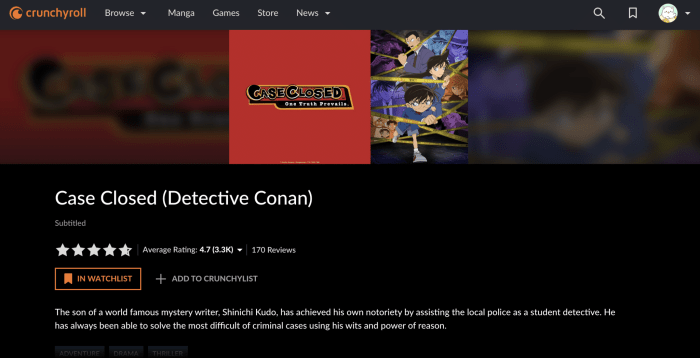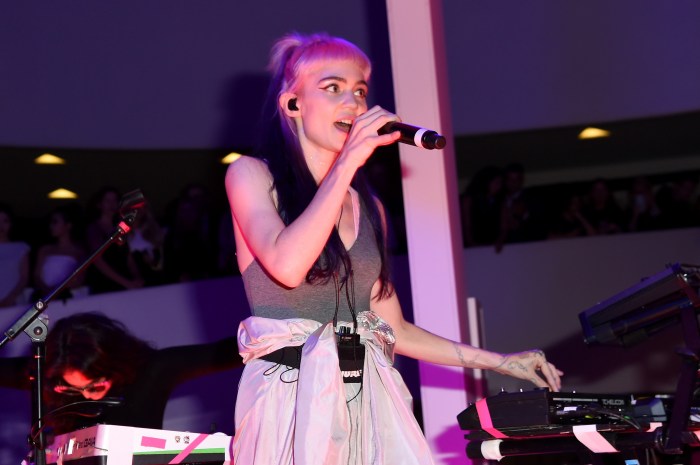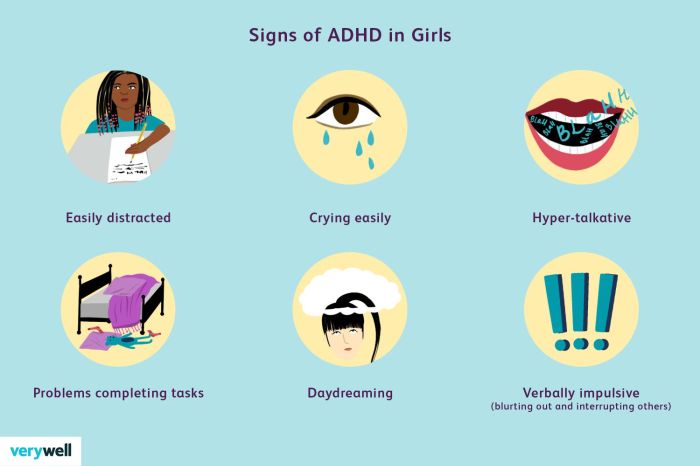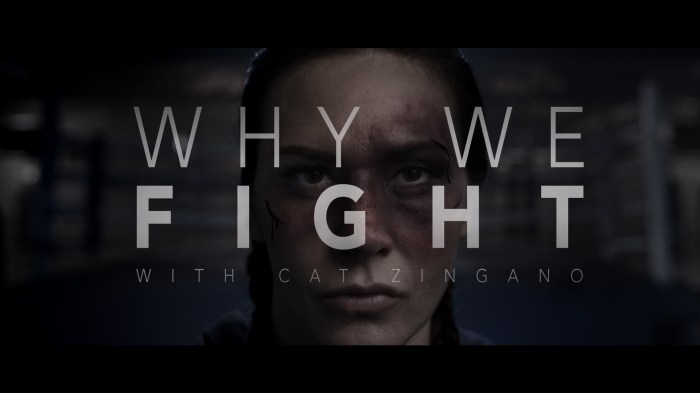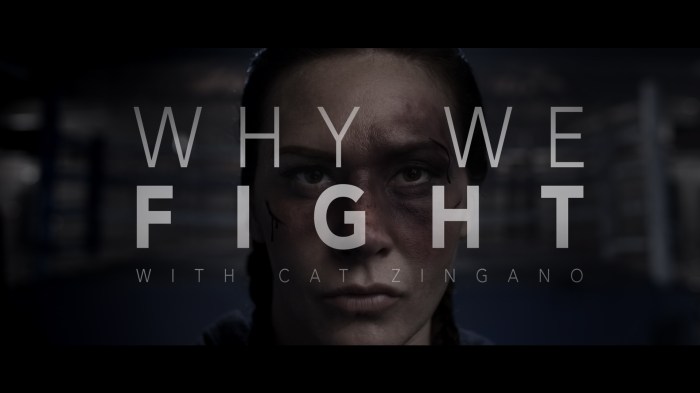Talk to a Client: This isn’t just about making calls; it’s about forging meaningful connections. Understanding your client’s needs and effectively communicating your value is crucial for building strong, lasting relationships. We’ll delve into strategies for initiating contact, building rapport, assessing needs, documenting interactions, gathering feedback, following up, and even onboarding new clients. Get ready to unlock the secrets to exceptional client communication!
This comprehensive guide will walk you through essential communication strategies, from crafting effective emails and phone calls to understanding the nuances of nonverbal cues. We’ll explore how to build rapport, manage expectations, and resolve conflicts, ensuring smooth and productive client interactions. Learn how to assess client needs, gather feedback effectively, and implement strategies for successful onboarding. You’ll also discover the importance of thorough documentation and follow-up strategies for maintaining client satisfaction.
Client Communication Strategies
Effective client communication is the cornerstone of any successful business relationship. It’s not just about exchanging information; it’s about building trust, understanding needs, and fostering a positive experience. Strong communication ensures clients feel valued and heard, leading to increased loyalty and repeat business. Clear and consistent communication across all touchpoints is paramount.Client communication is a multifaceted process that involves several key elements.
These include the methods of initial contact, the communication style, active listening, nonverbal cues, concise language, and the choice of communication channel. Understanding and mastering these elements can significantly improve client satisfaction and business outcomes.
Initiating Contact with Clients
Choosing the right method for initial contact is crucial. It sets the tone for the entire interaction. A potential client may be more receptive to a phone call if they’re seeking immediate answers, or a more detailed email exchange for complex issues. Consider the client’s personality, the nature of the request, and your available resources when selecting the method.
- Phone calls can be effective for immediate answers and personal interaction.
- Emails are suitable for conveying detailed information or when a formal record is needed.
- Video calls facilitate visual communication, allowing for a more personal connection.
- Social media messages can be ideal for quick questions or updates, particularly for younger demographics.
Communication Styles Suitable for Client Interactions
Different clients respond differently to various communication styles. A professional and formal tone may be suitable for some clients, while a more friendly and approachable style might resonate better with others. Adapting your communication style to the client’s personality and the situation is key to effective interaction.
- Professional: Maintaining a formal tone and using industry-standard language, suitable for complex or critical discussions.
- Friendly: Using a conversational and approachable tone, fostering a sense of rapport and trust, ideal for building a relationship.
- Direct: Communicating clearly and concisely, focusing on the core message and avoiding ambiguity, suitable for concise interactions or quick updates.
- Empathetic: Demonstrating understanding and consideration for the client’s perspective, acknowledging their feelings and concerns.
Active Listening in Client Conversations
Active listening is paramount in client interactions. It goes beyond simply hearing words; it involves fully concentrating on what the client is saying, both verbally and nonverbally. It shows the client that you value their input and are committed to understanding their needs.
- Pay close attention to the client’s words and body language.
- Ask clarifying questions to ensure complete understanding.
- Summarize the client’s points to confirm your comprehension.
- Acknowledge and validate the client’s feelings.
Effective Verbal and Nonverbal Cues
Verbal and nonverbal cues significantly impact client interactions. Clear, concise language avoids misunderstandings. Nonverbal cues, such as maintaining eye contact and using appropriate body language, create a positive and trustworthy atmosphere.
- Verbal Cues: Use clear, concise language, avoid jargon, and maintain a respectful tone. Pause for effect, and use appropriate language to show you understand and care about the client’s perspective.
- Nonverbal Cues: Maintain eye contact, use open body language, smile appropriately, and be mindful of your posture. Mirroring the client’s body language (within reason) can build rapport.
Clear and Concise Communication
Clear and concise communication is essential to avoid misunderstandings and wasted time. This involves using simple, straightforward language, avoiding jargon, and getting directly to the point. Clients appreciate efficiency and clarity.
- Clearly state the purpose of your communication.
- Provide necessary details without unnecessary information.
- Use a structured approach when presenting information.
- Be mindful of your client’s understanding level.
Comparison of Communication Channels
Different channels have distinct advantages and disadvantages. Choosing the right channel depends on the situation and the client’s preference.
| Communication Channel | Advantages | Disadvantages |
|---|---|---|
| Formal record, detailed information, asynchronous communication | Can be impersonal, potentially slower response times | |
| Phone | Immediate feedback, personal interaction, good for complex issues | Can be difficult to document, not ideal for lengthy discussions |
| Video Call | Visual interaction, personal connection, ideal for complex issues, can address non-verbal cues | Requires technical setup, may be less efficient for short questions |
Client Relationship Building
Building strong client relationships is crucial for long-term success. It’s not just about completing transactions; it’s about fostering trust and understanding to ensure repeat business and positive referrals. This process requires proactive communication, empathy, and a genuine desire to meet client needs. Effective relationship building strategies can significantly improve client satisfaction and loyalty.
Rapport Building Process
Establishing rapport involves creating a connection based on trust and mutual understanding. This initial stage is critical for setting a positive tone for future interactions. Active listening, showing genuine interest in the client’s perspective, and demonstrating empathy are key elements. A warm and welcoming attitude, coupled with professional conduct, can foster an immediate sense of connection. This often involves asking open-ended questions, focusing on understanding the client’s needs and concerns rather than just presenting solutions.
Remember, rapport building is an ongoing process, not a one-time event.
Factors Influencing Client Satisfaction
Client satisfaction is a multifaceted concept, encompassing various factors. These factors include the quality of service provided, the responsiveness of the support team, the efficiency of the communication channels, and the overall professionalism of the interaction. Furthermore, clients often value clear and concise communication, timely responses, and a demonstrable understanding of their unique circumstances. Meeting or exceeding expectations in these areas significantly contributes to client satisfaction.
Managing Client Expectations
Managing client expectations involves clearly outlining the scope of work, deliverables, and timelines. Transparency and open communication are essential to prevent misunderstandings and disappointments. By providing realistic estimations and addressing potential roadblocks proactively, you can foster trust and avoid surprises. This includes proactively discussing potential challenges and outlining contingency plans to maintain a sense of control and predictability.
It’s crucial to set realistic expectations from the outset to avoid unmet promises.
Resolving Client Conflicts
Conflicts are inevitable in any client relationship. A proactive approach to conflict resolution is crucial to maintaining a positive relationship. This involves actively listening to the client’s concerns, understanding their perspective, and finding a mutually acceptable solution. Emphasizing empathy and understanding is paramount in these situations. It’s often helpful to use a structured approach to identify the root cause of the conflict, brainstorm solutions, and agree on a course of action.
Talking to a client can sometimes feel like navigating a minefield. You want to be informative and engaging, but you also want to avoid awkward silences or rambling on. Checking out how Dan Auerbach and Jeff The Brotherhood interview each other on this insightful video can offer some valuable strategies for engaging and informative client conversations.
Ultimately, though, the key is to be authentic and listen closely to what they’re saying. This approach always makes client interactions more productive.
Remember, the goal is to resolve the issue and maintain the relationship.
Maintaining Positive Client Relationships
Maintaining a positive client relationship requires consistent effort and attention to detail. Regular communication, proactive problem-solving, and demonstrating genuine appreciation for their business are essential. Building a relationship of trust through consistent support and follow-up ensures clients feel valued and appreciated. This involves going above and beyond expectations, demonstrating commitment to their success, and anticipating their needs.
A consistent approach ensures a long-term and mutually beneficial relationship.
Common Client Issues and Solutions
| Client Issue | Potential Solution |
|---|---|
| Delayed project completion | Regular updates, proactive communication about roadblocks, contingency plans |
| Unclear communication | Clear and concise documentation, regular check-ins, active listening, multiple communication channels |
| Disagreement on project scope | Reviewing the initial contract, adjusting scope with mutual agreement, outlining new terms, if needed. |
| Lack of responsiveness | Establishing clear communication channels, setting expectations for response times, and proactively following up |
| Unmet expectations | Identifying the root cause, adjusting the service to meet expectations, and open communication about expectations and adjustments. |
Client Needs Assessment
Understanding client needs is crucial for effective communication and building strong relationships. A thorough assessment allows you to tailor your approach, anticipate potential challenges, and ultimately, achieve better outcomes. This process goes beyond simply asking questions; it requires a deep dive into the client’s motivations, pain points, and aspirations. A well-executed assessment ensures your services align precisely with their requirements.A successful client needs assessment involves actively listening, asking insightful questions, and demonstrating empathy.
This proactive approach fosters trust and enables you to create a personalized experience for each client. By understanding their specific needs, you can effectively address their concerns and build a strong foundation for a productive and mutually beneficial relationship.
Methods for Gathering Client Needs
Understanding the various methods for gathering client needs allows you to tailor your approach for maximum impact. Direct interaction, such as interviews and surveys, provides valuable insights into client perspectives. Indirect methods, like analyzing existing data and reviewing case studies, can offer a broader context and reveal trends. Combining different methods often yields the most comprehensive understanding of client needs.
Consider incorporating multiple methods to ensure a holistic perspective.
Effective Questioning Techniques
Effective questioning is a cornerstone of a thorough needs assessment. Closed-ended questions, while useful for gathering specific data points, are less effective for understanding the underlying motivations and concerns. Open-ended questions, on the other hand, encourage detailed responses and provide a richer understanding of the client’s situation. These questions are designed to explore the “why” behind the client’s needs.
Significance of Understanding Client Pain Points
Identifying client pain points is paramount to creating a solution-oriented approach. By understanding the challenges and frustrations clients face, you can design services that directly address their issues. This understanding allows you to tailor solutions and demonstrate a genuine commitment to helping them overcome obstacles. Addressing pain points proactively builds trust and demonstrates a proactive approach to client service.
Strategies for Identifying Client Goals and Objectives
Identifying client goals and objectives involves more than just asking about their desired outcomes. It requires understanding the context of those goals, exploring the motivations behind them, and aligning them with realistic expectations. This proactive approach ensures that the services provided contribute to achieving tangible results for the client. In addition to explicitly stated goals, consider the underlying motivations and potential long-term implications.
Role of Empathy in Assessing Client Needs
Empathy plays a vital role in a client needs assessment. Putting yourself in the client’s shoes allows you to understand their perspective and motivations. This understanding fosters a stronger connection and facilitates the identification of their needs. By acknowledging their feelings and experiences, you create a more trusting environment, leading to more accurate and thorough assessments. Empathy fosters a deeper understanding of client needs.
Examples of Open-Ended Questions to Uncover Client Needs
| Question Category | Example Question |
|---|---|
| Understanding Current Situation | “Can you describe your current challenges in relation to [specific area]?” |
| Identifying Goals and Aspirations | “What are your long-term goals regarding [specific area]?” |
| Uncovering Pain Points | “What are the biggest frustrations or obstacles you’re facing in [specific area]?” |
| Exploring Motivations | “What are the underlying reasons driving your need for [specific service]?” |
| Gaining Context | “Can you provide more details about the background or history behind [specific issue]?” |
Client Interaction Documentation

Effective client interaction documentation is crucial for maintaining strong client relationships and ensuring consistent service delivery. Thorough records provide a valuable historical context, enabling you to understand client needs, track progress, and identify areas for improvement. Accurate documentation also serves as a safeguard against misunderstandings and disputes. It’s a cornerstone of professionalism and client satisfaction.Comprehensive documentation allows you to revisit past conversations, quickly access pertinent information, and effectively address client concerns.
Talking to a client can be tricky, but it’s crucial for success. You want to make a great impression, just like you would at an important event like the opera. Remember to consider your attire for maximum impact. Check out these tips for dressing for the opera at Dress for the Opera to get ideas on creating a strong first impression and help you communicate effectively with your clients.
Ultimately, presenting yourself well is key to a successful conversation with any client.
It’s an invaluable tool for proactive problem-solving and building a stronger client base.
Different Methods for Documenting Client Interactions
Various methods exist for recording client interactions, each with its strengths and weaknesses. Choosing the appropriate method depends on the nature of the interaction, the desired level of detail, and the specific needs of the client. A well-rounded approach often involves a combination of techniques.
- Detailed Notes: Taking detailed notes during client interactions is a fundamental method. These notes should capture key discussion points, decisions made, actions agreed upon, and any relevant client feedback. A consistent format for these notes is essential to ensure clarity and avoid ambiguity. Example: “Client expressed concern about project timeline. Agreed to weekly progress reports.
Next steps: schedule follow-up call on Wednesday.”
- Audio/Video Recordings: Audio or video recordings can provide a comprehensive record of the conversation. These recordings can be invaluable for recalling specific details or verifying statements. However, they require careful consideration of client privacy and data security policies. Consider obtaining explicit consent before recording.
- Client Communication Logs: A client communication log can be a centralized repository for all client interactions. This log should include the date, time, subject of the interaction, key takeaways, and actions taken. This provides a clear chronological overview of the entire relationship.
Importance of Accurate and Comprehensive Records
Accurate and comprehensive records are paramount for maintaining client trust and ensuring consistent service delivery. Incomplete or inaccurate records can lead to misunderstandings, errors, and ultimately, dissatisfied clients. Precise documentation also facilitates proactive problem-solving and enables better tracking of client progress. A robust record-keeping system protects both the client and the business from potential disputes.
Examples of Templates for Recording Client Conversations
Utilizing templates for recording client conversations can significantly improve consistency and efficiency. Templates should include fields for date, time, client name, subject, key points discussed, agreed-upon actions, and next steps. This structure ensures crucial information isn’t overlooked. An example template could include columns for “Date,” “Client Name,” “Subject,” “Key Points,” “Action Items,” “Next Steps,” and “Notes.”
Significance of Using Consistent Documentation Procedures
Consistent documentation procedures are essential for maintaining a high level of professionalism and ensuring that all interactions are handled with the same level of care and attention. Consistency in format, content, and language contributes to a clear and easily accessible record of all interactions. This predictability is highly valued by clients and reinforces the professionalism of the business.
How to Use Documentation to Track Client Progress
Documentation can be used to track client progress effectively. By consistently recording key milestones, challenges encountered, and solutions implemented, you can monitor progress toward goals and identify any areas requiring intervention. Regular reviews of these records provide valuable insights into client satisfaction and service delivery effectiveness. For instance, if a client’s project is behind schedule, the documentation will highlight the cause and steps taken to address it.
Documentation Formats
This table Artikels various documentation formats commonly used in client interactions.
| Format | Description | Use Case |
|---|---|---|
| Notes | Short, immediate records of key points, decisions, and actions. | Capturing immediate takeaways from meetings, phone calls, or emails. |
| Reports | Formal summaries of project status, progress, and findings. | Providing a comprehensive overview of project performance. |
| Summaries | Concise overviews of client interactions, including key topics and decisions. | Providing a quick reference for past interactions and facilitating quick updates. |
Client Feedback Mechanisms: Talk To A Client
Collecting and acting upon client feedback is crucial for maintaining and enhancing client relationships. It provides invaluable insights into client satisfaction, identifies areas for improvement, and ultimately shapes a positive and productive experience for all parties involved. Understanding how clients perceive your services allows for proactive adjustments and a strong foundation for long-term success.
Strategies for Collecting Client Feedback
Effective feedback collection strategies are essential for understanding client perspectives and identifying areas needing attention. A variety of methods can be implemented, from simple surveys to more comprehensive reviews. The choice of strategy should align with the specific goals and resources available. These methods ensure clients feel heard and valued.
- Surveys: Surveys are a versatile tool for gathering a wide range of information from clients. They allow for structured questions and pre-defined response options, facilitating data analysis and identification of trends. Well-designed surveys can quickly pinpoint areas of strength and weakness in client interactions.
- Questionnaires: Similar to surveys, questionnaires provide a structured approach to gather client input. The difference lies in the flexibility of question formats, allowing for open-ended questions to delve deeper into client experiences and opinions. This can provide more nuanced feedback compared to surveys.
- Reviews: Reviews, whether online or through dedicated review platforms, offer a direct reflection of client experiences. Positive reviews can build trust and encourage future business, while constructive criticism can highlight areas needing improvement. This direct feedback loop is often highly valuable.
Importance of Addressing Client Feedback
Ignoring client feedback can lead to missed opportunities for improvement and potentially damage relationships. By actively listening to and addressing client concerns, businesses demonstrate a commitment to client satisfaction. This shows respect for client opinions and demonstrates a proactive approach to service enhancement. Addressing feedback fosters a sense of trust and partnership.
- Improved Service Quality: By incorporating client feedback, businesses can proactively identify and address areas for improvement in their services. This results in a more streamlined and effective process for clients.
- Enhanced Client Satisfaction: Addressing feedback demonstrates a commitment to client satisfaction. This can lead to increased loyalty and repeat business. Clients feel valued when their concerns are heard and addressed.
- Proactive Problem Solving: Client feedback can highlight emerging issues or trends before they escalate into significant problems. This proactive approach allows businesses to implement solutions and prevent negative consequences.
Methods for Implementing Client Feedback Suggestions
Implementing client feedback suggestions requires a systematic approach. This involves evaluating the feedback, prioritizing suggestions, and developing action plans for implementation. It’s critical to maintain open communication with clients throughout the process.
- Prioritization: Not all feedback is created equal. Prioritize suggestions based on their impact on client satisfaction, frequency of occurrence, and potential cost of implementation. This focuses efforts on the most impactful changes.
- Action Planning: For each prioritized suggestion, develop a detailed action plan outlining the steps required, responsible parties, timelines, and expected outcomes. This ensures clarity and accountability in implementing changes.
- Communication: Maintain open communication with clients throughout the process. Keep them informed about the actions taken, progress updates, and expected outcomes. This transparency builds trust and fosters collaboration.
Examples of Client Feedback Tools
Various tools are available to streamline the feedback collection process. These tools range from simple email forms to more sophisticated online platforms. The best choice depends on the specific needs of the business and its clients.
- Online Survey Platforms (e.g., SurveyMonkey, Google Forms): These platforms offer a user-friendly interface for creating and distributing surveys. They provide various question types and analytics to help understand responses effectively.
- Dedicated Client Feedback Portals: Some businesses create dedicated portals where clients can submit feedback directly. These portals can be integrated with CRM systems for easy management and analysis.
- Review Platforms (e.g., Yelp, Trustpilot): These platforms are essential for businesses with a large customer base and an online presence. Monitoring reviews can highlight areas needing improvement and demonstrate commitment to customer satisfaction.
Using Feedback to Improve Client Interactions, Talk to a Client
Client feedback provides invaluable data for improving client interactions. By identifying patterns and trends in feedback, businesses can tailor their services to better meet client needs. This approach creates a strong foundation for continuous improvement.
| Feedback Method | Description | Example |
|---|---|---|
| Surveys | Structured questionnaires with pre-defined answers | “On a scale of 1 to 5, how satisfied were you with the service?” |
| Questionnaires | Open-ended questions for detailed insights | “What could we do to improve your overall experience?” |
| Reviews | Direct reflections on experiences | “Excellent service, very helpful staff.” |
Client Follow-up Strategies

Staying connected with clients is crucial for building strong relationships and ensuring their satisfaction. Effective follow-up demonstrates your commitment to their needs and fosters trust, ultimately leading to repeat business and positive referrals. Proactive follow-up also allows you to address any concerns promptly and maintain a positive image.Following up with clients isn’t just a formality; it’s a strategic process that significantly impacts client retention and satisfaction.
Regular and timely communication helps clients feel valued and understood. It also provides opportunities to proactively address any issues or concerns, strengthening the client-service provider bond. This, in turn, creates a more sustainable and profitable client base.
Various Follow-up Methods
Different methods suit various situations and client preferences. Selecting the right approach depends on the nature of the interaction, the client’s personality, and the desired outcome. Understanding these nuances allows for more personalized and effective follow-up strategies.
Just finished a chat with a client, and honestly, it got me thinking about recent legal news. You know, like the case of Rio Da Yung Og, who was sentenced to 5 years in prison here. It’s fascinating how these situations can impact the way we approach client interactions. Ultimately, though, my focus remains on providing the best possible service to my clients.
- Email: Emails are a versatile tool for general updates, project progress reports, and reminders. They’re ideal for maintaining consistent communication, especially for routine updates and announcements.
- Phone Calls: Phone calls provide a more direct and personal connection. They’re valuable for addressing urgent concerns, clarifying complex issues, or discussing sensitive topics.
- Personalized Notes/Letters: Handwritten notes or personalized letters can add a touch of personal attention and appreciation. They are particularly effective for expressing gratitude or acknowledging milestones, adding a human touch to the interaction.
Importance of Timely Follow-up
Prompt follow-up demonstrates respect for the client’s time and ensures that their needs are addressed promptly. Delays can lead to frustration and a perception of disinterest, potentially damaging the relationship.
- Maintaining a schedule: Establishing a clear follow-up schedule helps maintain consistency and ensures timely responses. This is crucial for client retention and building trust.
- Setting expectations: Clearly outlining the communication cadence and response time expectations from the outset avoids misunderstandings and builds client confidence.
Follow-up Communication Templates
Templates help streamline the process, ensuring consistent messaging and professionalism. Adapting templates to the specific client and situation ensures the message resonates effectively.
- Project Update Email Template: This template should include a brief summary of progress, key milestones achieved, and any potential roadblocks. It should also clearly Artikel the next steps and expected timeline.
- Thank You Note Template: This template should express gratitude for the client’s business, highlight specific aspects appreciated, and reiterate the service provider’s commitment to client satisfaction.
- Addressing Client Concerns Template: This template should acknowledge the concern, provide a detailed response, and Artikel next steps to resolve the issue. It should also express empathy and understanding.
Consistent Follow-up in Client Relationships
Regular follow-up reinforces the value of the relationship and builds trust. This consistent engagement demonstrates a commitment to the client’s needs and fosters long-term loyalty.
- Building a rapport: Consistent follow-up helps build rapport and a sense of partnership between the client and service provider.
- Proactive problem solving: Regular check-ins allow for proactive identification and resolution of potential issues before they escalate.
Addressing Client Concerns
Follow-up communication provides a crucial opportunity to address any concerns that arise. Addressing concerns directly and empathetically demonstrates a commitment to client satisfaction and fosters trust.
- Active listening: Pay close attention to the client’s concerns and try to understand the underlying issues.
- Empathetic responses: Acknowledge the client’s feelings and express understanding of their perspective.
- Proactive solutions: Work collaboratively with the client to find solutions that address their concerns and meet their needs.
Comparison of Follow-up Methods
| Method | Pros | Cons | Best Use Cases |
|---|---|---|---|
| Efficient, scalable, detailed record | Can be impersonal, lack immediate response | Project updates, routine communication, announcements | |
| Phone Call | Immediate response, builds rapport, addresses complex issues | Time-consuming, may not be suitable for all clients | Urgent concerns, sensitive discussions, clarifying issues |
| Personalized Notes | Personal touch, builds strong relationships | Time-consuming, not scalable | Expressing appreciation, acknowledging milestones, special occasions |
Client Onboarding Procedures
A smooth onboarding process is crucial for building strong client relationships and setting the stage for a successful partnership. Effective onboarding not only welcomes new clients but also establishes clear expectations, builds trust, and ultimately paves the way for mutual success. It’s more than just getting a client signed up; it’s about getting them up to speed and excited about the journey ahead.The onboarding process acts as a bridge between initial contact and active engagement.
It’s a period of crucial communication where clients learn about the services offered, and the service providers learn about the client’s needs and goals. A well-structured onboarding process ensures that clients feel valued and understood from the very start.
Effective Procedures for Onboarding New Clients
A structured onboarding process streamlines the initial stages of the client relationship. This involves clearly defined steps, from initial contact to ongoing support, ensuring a seamless transition for the client. The steps should be tailored to the specific needs of the client and the services being provided. Effective procedures also ensure a positive first impression and set the tone for the entire relationship.
Importance of Clear Communication During Onboarding
Clear communication is paramount during the onboarding phase. Misunderstandings and lack of clarity can lead to frustration and lost opportunities. Communicating effectively involves using clear, concise language, providing readily available resources, and actively seeking client feedback. This proactive communication builds trust and ensures that both parties are on the same page.
Examples of Onboarding Materials
Comprehensive onboarding materials are essential for guiding new clients. These materials should include welcome packages, detailed service descriptions, FAQs, and contact information. Templates for onboarding materials should be adaptable to various service offerings and client needs. For instance, a welcome email with links to relevant resources or a comprehensive guidebook for specific services are excellent examples.
Significance of Establishing Expectations During Onboarding
Establishing clear expectations during onboarding is critical for preventing future conflicts. This involves outlining the responsibilities of both the client and the service provider, outlining service level agreements, and discussing potential challenges. This proactive approach avoids misunderstandings and ensures that both parties are aligned on expectations and goals.
Demonstrating How to Set Up Clients for Success
Setting clients up for success involves understanding their specific needs and tailoring the onboarding process accordingly. It requires providing comprehensive resources, training materials, and ongoing support. Active listening and prompt responses to client inquiries are key elements. Understanding client goals and actively working to support them is a crucial part of setting them up for success.
Key Steps in the Client Onboarding Process
| Step | Description |
|---|---|
| 1. Initial Contact & Agreement | Confirming client interest, outlining services, and agreeing to terms. |
| 2. Gathering Information | Collecting essential client details, needs, and goals through questionnaires or meetings. |
| 3. Service Introduction | Presenting the service offering, explaining functionalities, and providing necessary materials. |
| 4. Account Setup & Access | Setting up client accounts and providing access to necessary platforms and tools. |
| 5. Training & Support | Offering training sessions, FAQs, and ongoing support to ensure client understanding and proficiency. |
| 6. Review & Feedback | Gathering feedback to identify areas for improvement and ensuring client satisfaction. |
Epilogue
In conclusion, mastering the art of client communication is a multifaceted process. By combining effective communication strategies with a focus on relationship building and client needs assessment, you can foster lasting partnerships. Thorough documentation and consistent follow-up are key to keeping clients engaged and satisfied. Remember, every interaction is an opportunity to strengthen your client relationships and build trust.
We hope this guide empowers you to excel in client communication!

